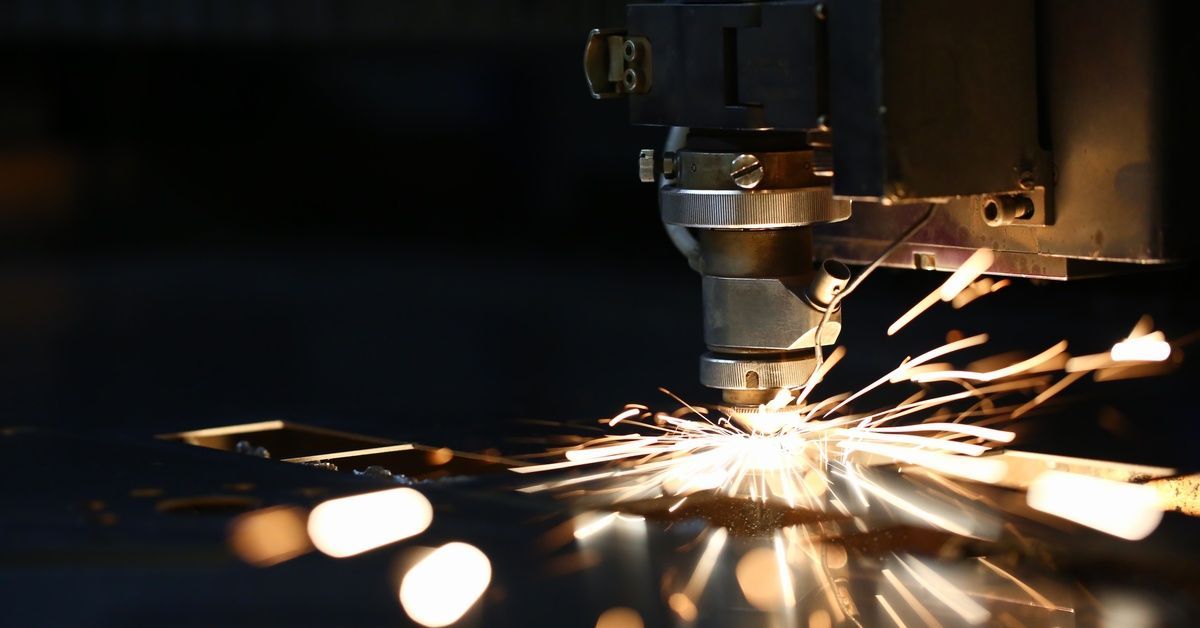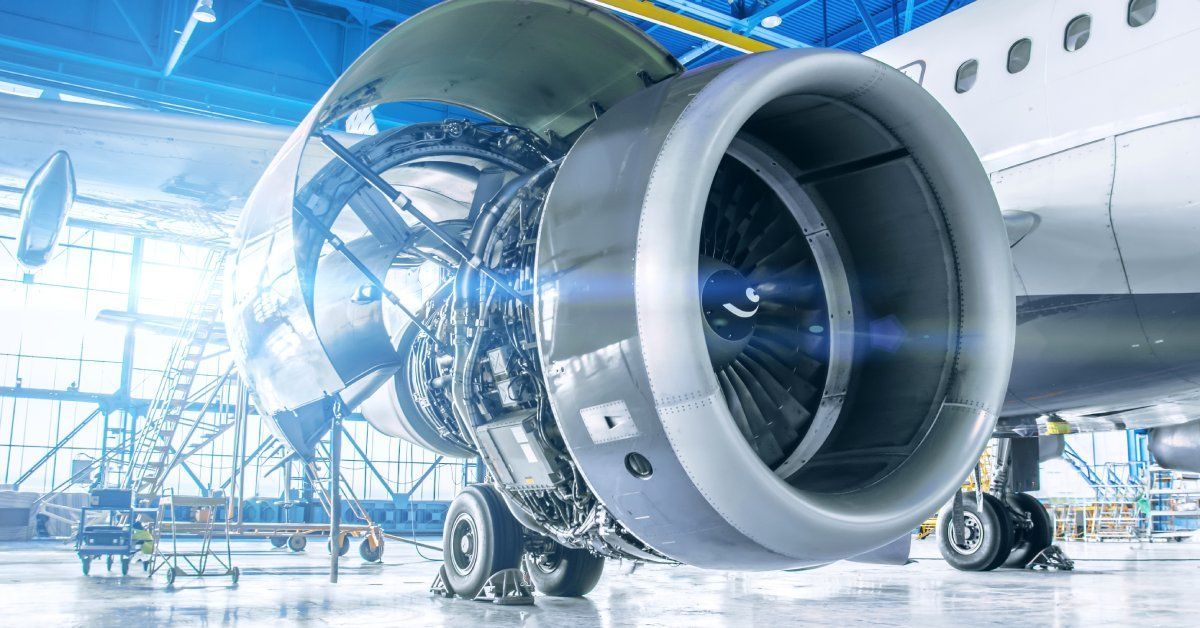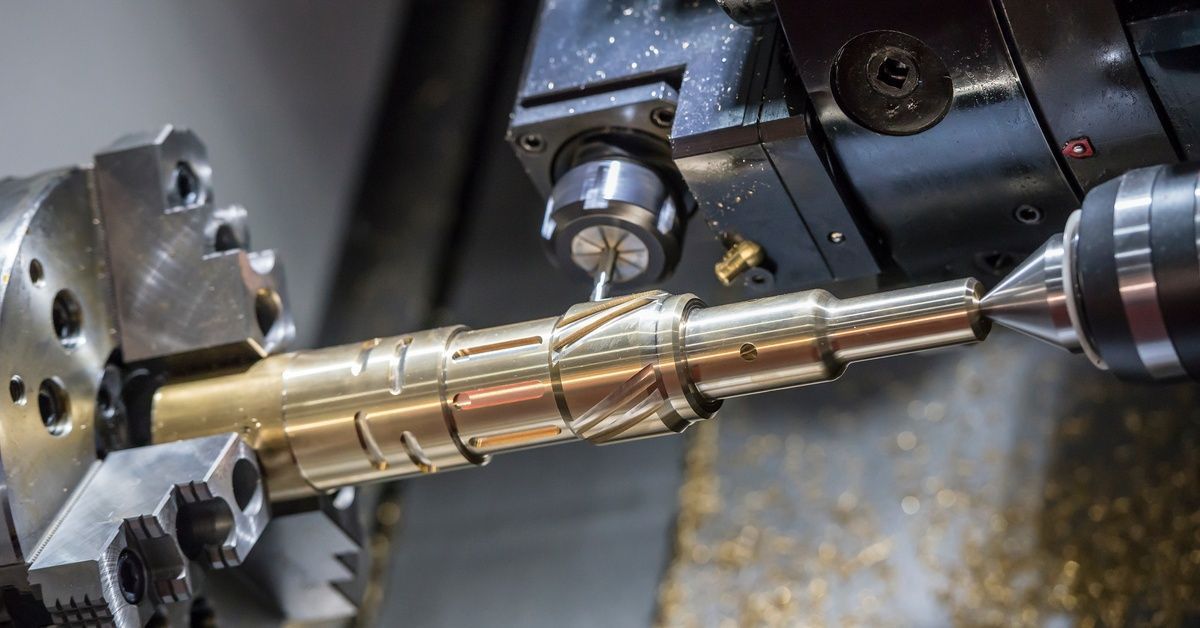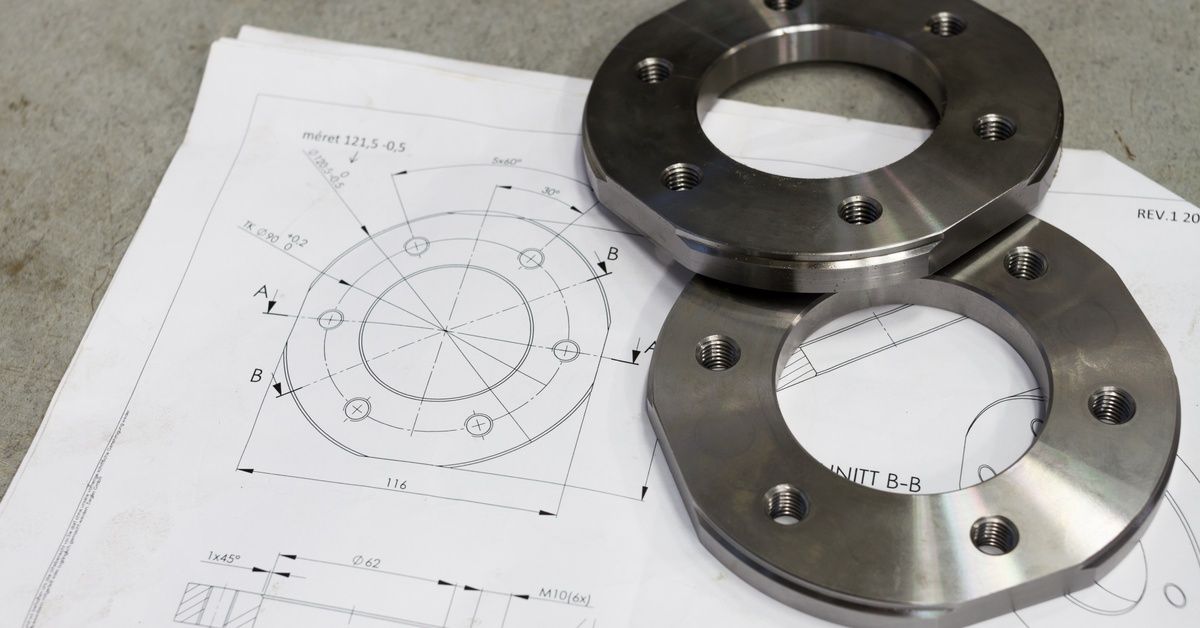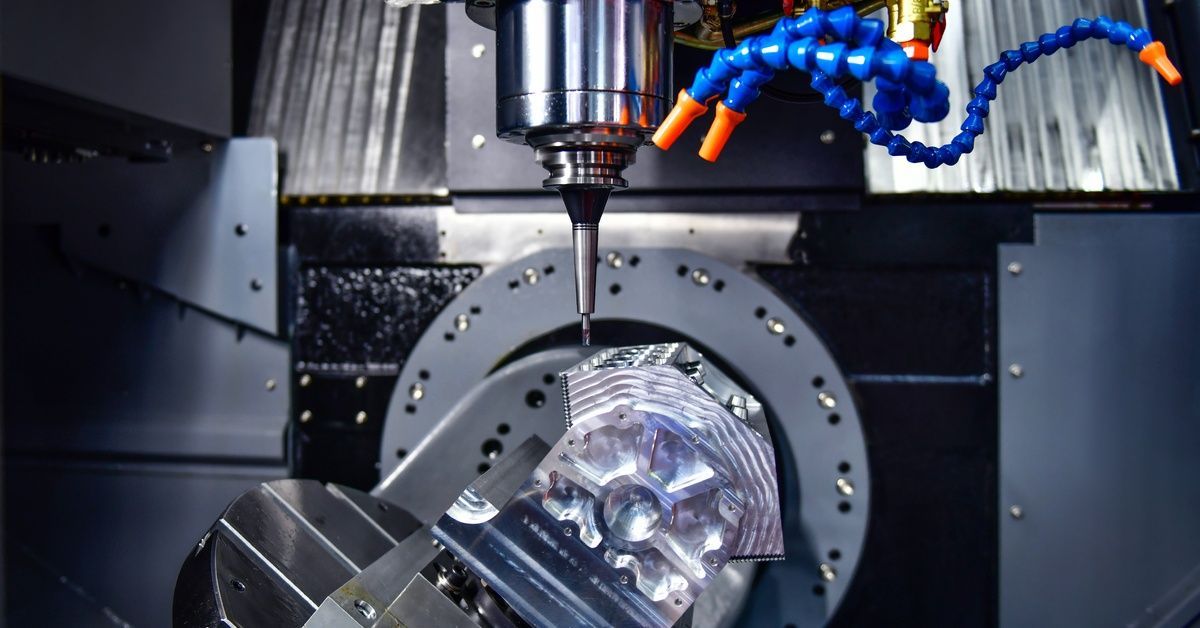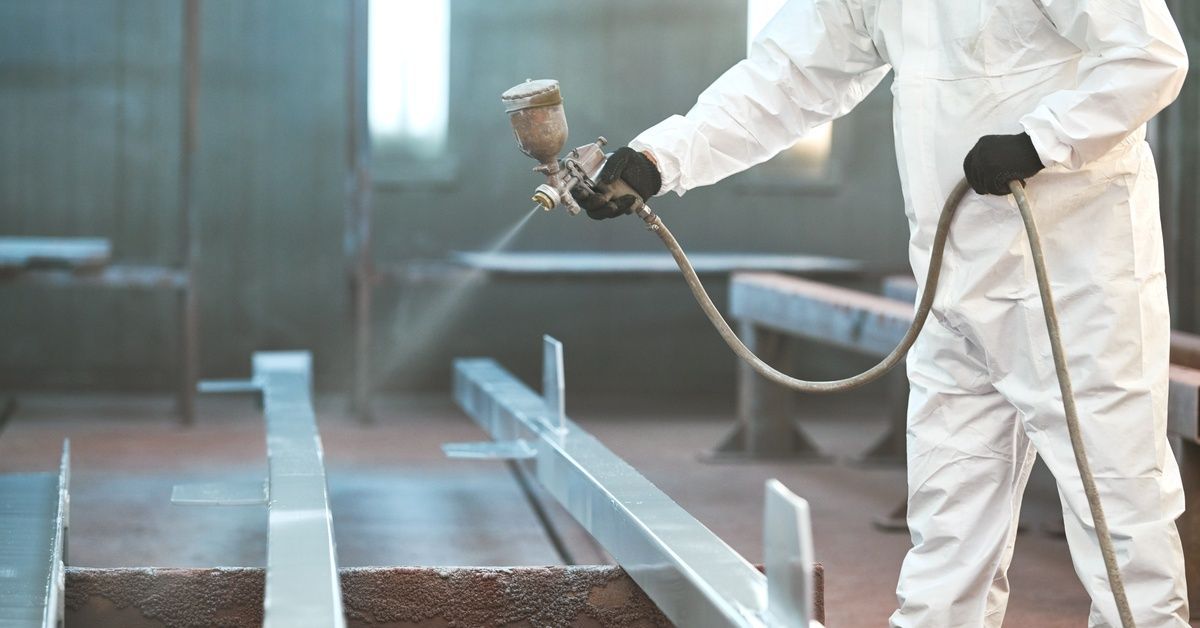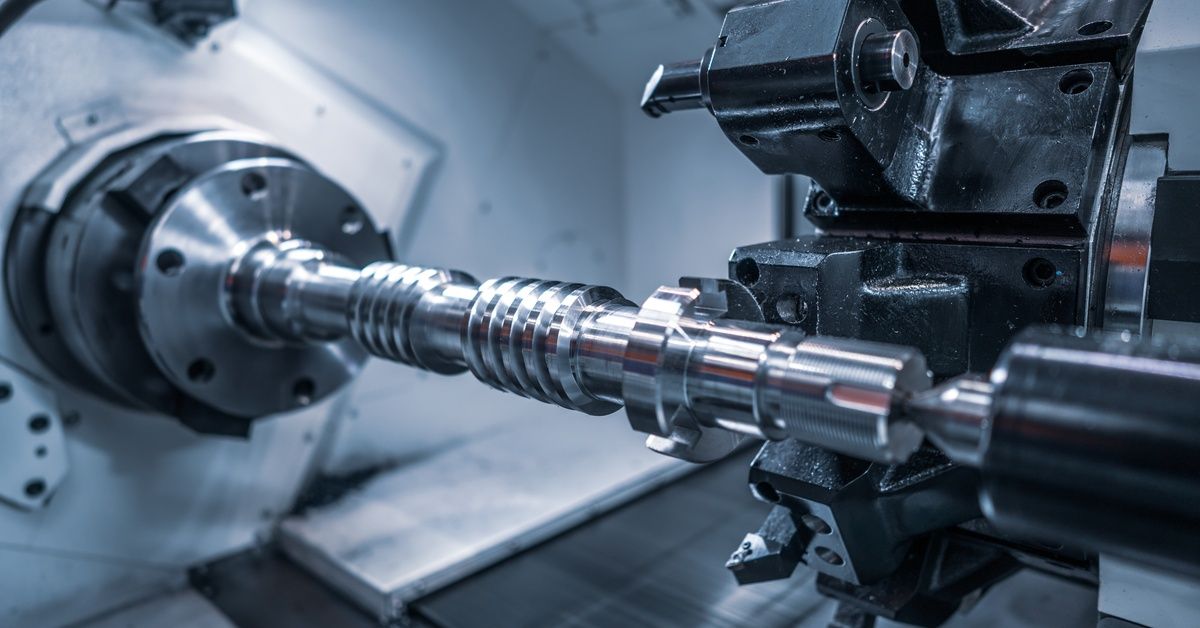5 Different CNC Machining Processes You Should Know
Precision and efficiency are paramount for manufacturing companies. No matter what your operations look like, understanding the various computer numerical control (CNC) machining processes is crucial.
By exploring these five different CNC machining processes you should know, you can take advantage of their unique features and elevate your business’s productivity to the next level.
CNC Milling
CNC milling is one of the most common CNC machining processes. It involves using rotating multi-point cutting tools to remove material from a workpiece. The versatility of these milling machines makes them suitable for producing complex shapes and high-tolerance parts. Companies across various industries use CNC milling for producing gears, engine components, and medical devices.
CNC Turning
CNC turning uses single-point cutting tools to remove material from a rotating workpiece. This process is highly efficient for creating cylindrical parts and is commonly used in conjunction with milling. CNC turning offers high-speed production capabilities, making it cost-effective for large-volume production runs. It also provides exceptional surface finishes, which are often required in high-precision industries like automotive and aerospace.
CNC Drilling
CNC drilling is a precise machining process where holes are created in a workpiece to exact specifications. The primary advantage of CNC drilling is its accuracy, allowing for the creation of holes with tight tolerances. Companies can use this process for manufacturing printed circuit boards (PCBs), engine blocks, and industrial tooling.
CNC Grinding
CNC grinding is a high-precision process that uses abrasive wheels to remove material and create a smooth surface finish on the workpiece. This method is essential for producing parts with fine tolerances and superior surface quality. CNC grinding improves the production of cutting tools, automotive components, and aerospace parts.
CNC Swiss Machining
CNC Swiss machining uses a sliding headstock to produce small, high-precision parts. It is a highly efficient process, which is ideal for large-volume production runs. Businesses can use CNC Swiss machining for the production of medical devices, watch components, and electronics, making this process invaluable in many high-tech industries.
Selecting the Right CNC Machine
Understanding these five different CNC machining processes is essential for anyone involved in manufacturing or interested in modern production techniques. Each approach offers unique advantages, making it crucial to select the right one for your specific needs.
Whether you’re producing intricate medical devices, high-precision aerospace components, or custom automotive parts, CNC machining provides the accuracy and efficiency you require to succeed. If you need a partner for CNC machining services, H&H Machine Service has your back. We’ll ensure you get the quality results you’re looking for so you can keep your operations on track.



